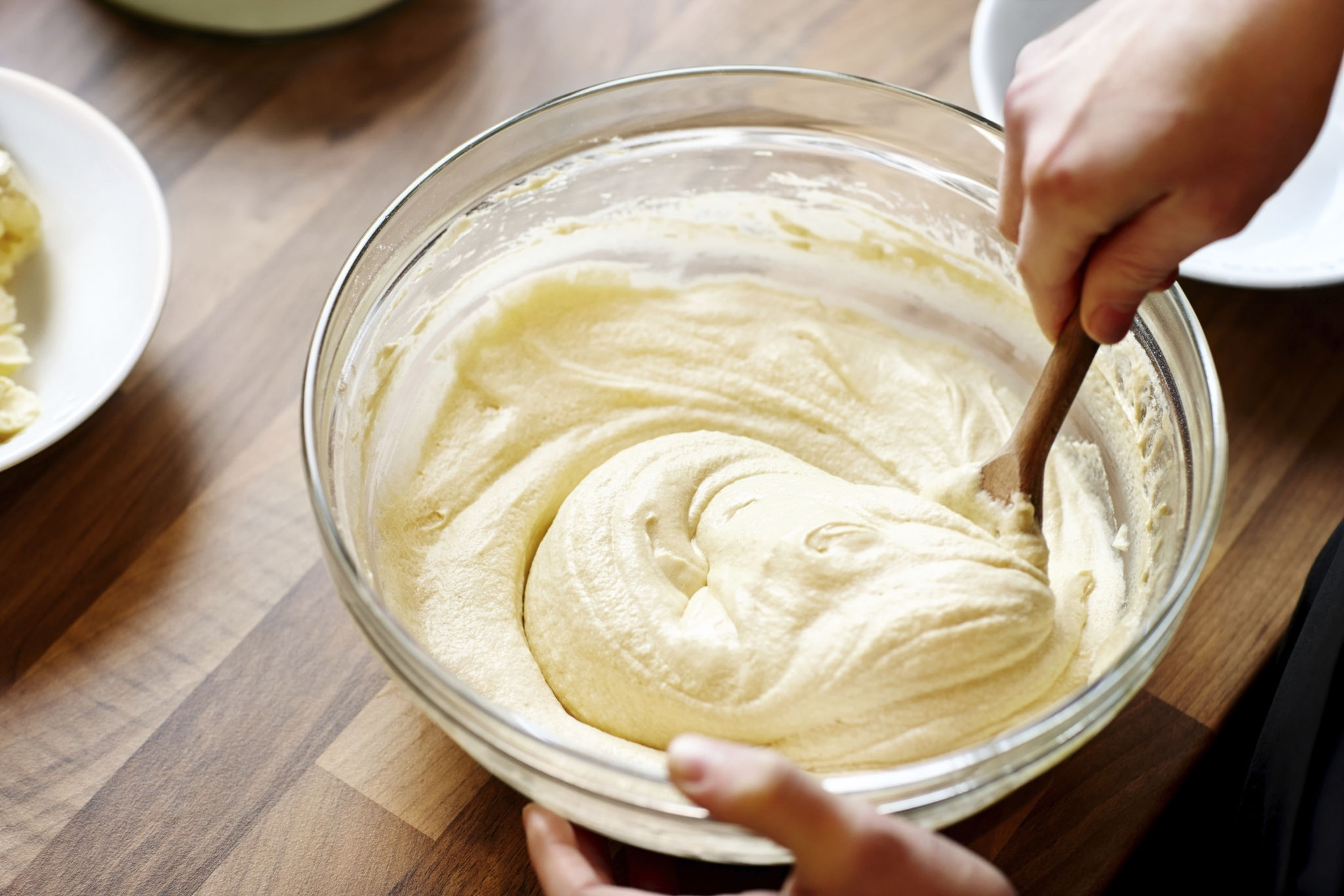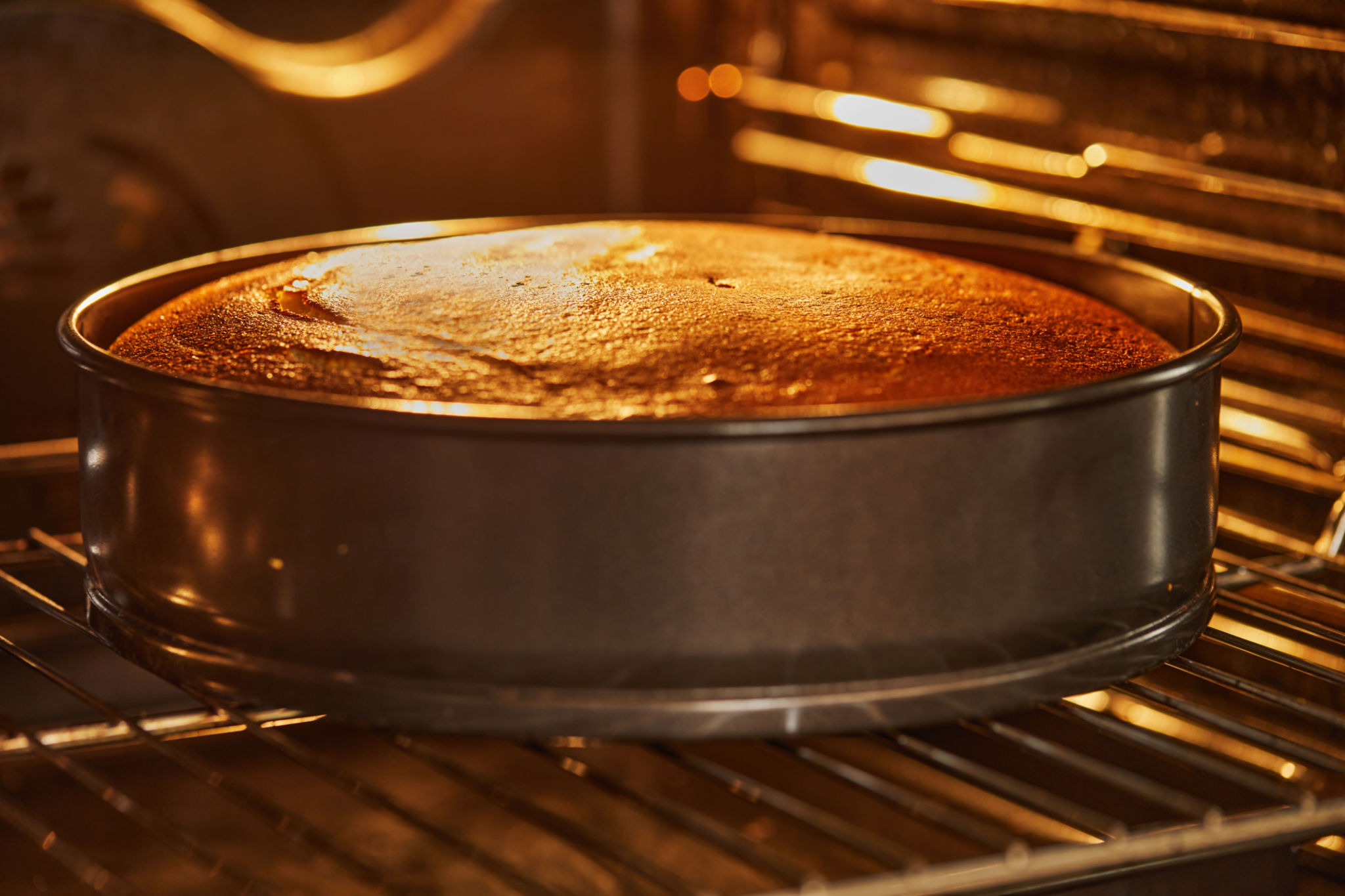Tips for Baking Perfect Cakes Every Time: A Beginner's Guide
Understanding the Basics of Cake Baking
Baking the perfect cake is both an art and a science. For beginners, understanding some foundational aspects can set the stage for success. The first step is to gather all your ingredients and tools before you start. This will help you avoid any interruptions once you begin the process. Always measure your ingredients accurately. Baking is all about precision, so use a kitchen scale for the best results.

The temperature of ingredients can also significantly affect your cake's texture and flavor. Bring eggs, butter, and other refrigerated items to room temperature before mixing. This ensures a smoother batter and a more even bake.
Choosing the Right Ingredients
The quality of your ingredients is crucial in baking. Always opt for fresh, high-quality products for the best outcome. For flour, consider using cake flour instead of all-purpose flour, as it has a lower protein content and results in a softer crumb. Similarly, use real butter and fresh eggs to enhance the flavor.
Another key ingredient in cake baking is the leavening agent, such as baking powder or baking soda. These ingredients are responsible for making your cake rise. Make sure they are fresh, as expired leavening agents can lead to flat cakes.
Mastering the Mixing Process
The way you mix your ingredients can make or break your cake. Overmixing can lead to a dense cake, while undermixing can result in uneven textures. Start by creaming your butter and sugar together until light and fluffy. This step is crucial for incorporating air into your batter, which helps in rising.

When adding dry ingredients, fold them in gently. Use a spatula and a folding motion to avoid knocking out the air. This technique helps maintain the batter’s lightness and prevents the cake from becoming tough.
Perfecting Your Baking Technique
Preheating your oven is essential for even baking. Set your oven to the required temperature before placing the cake inside. Use an oven thermometer for accuracy, as some ovens may not reflect the actual temperature.
Place your cake pans in the center of the oven for even heat distribution. Avoid opening the oven door frequently, as this can cause fluctuations in temperature and affect the cake’s rise.

Testing and Cooling Your Cake
Knowing when your cake is done is vital. Insert a toothpick into the center of the cake; if it comes out clean or with a few crumbs, your cake is ready. An overbaked cake can be dry, so keep a close eye on it towards the end of the baking time.
Once baked, allow your cake to cool in the pan for about 10 minutes before transferring it to a cooling rack. This step helps prevent the cake from sticking to the pan and ensures it cools evenly.
Decorating Tips for Beginners
Now that your cake is baked to perfection, it's time to decorate! Start with a crumb coat layer of frosting to lock in any loose crumbs. Chill your cake briefly to set this layer before adding the final layer of frosting.
For a professional finish, use a spatula or cake scraper to smooth out the frosting. Add simple decorations like fresh fruit, nuts, or sprinkles to enhance both appearance and flavor.
With these tips in mind, you're well on your way to baking perfect cakes every time. Happy baking!